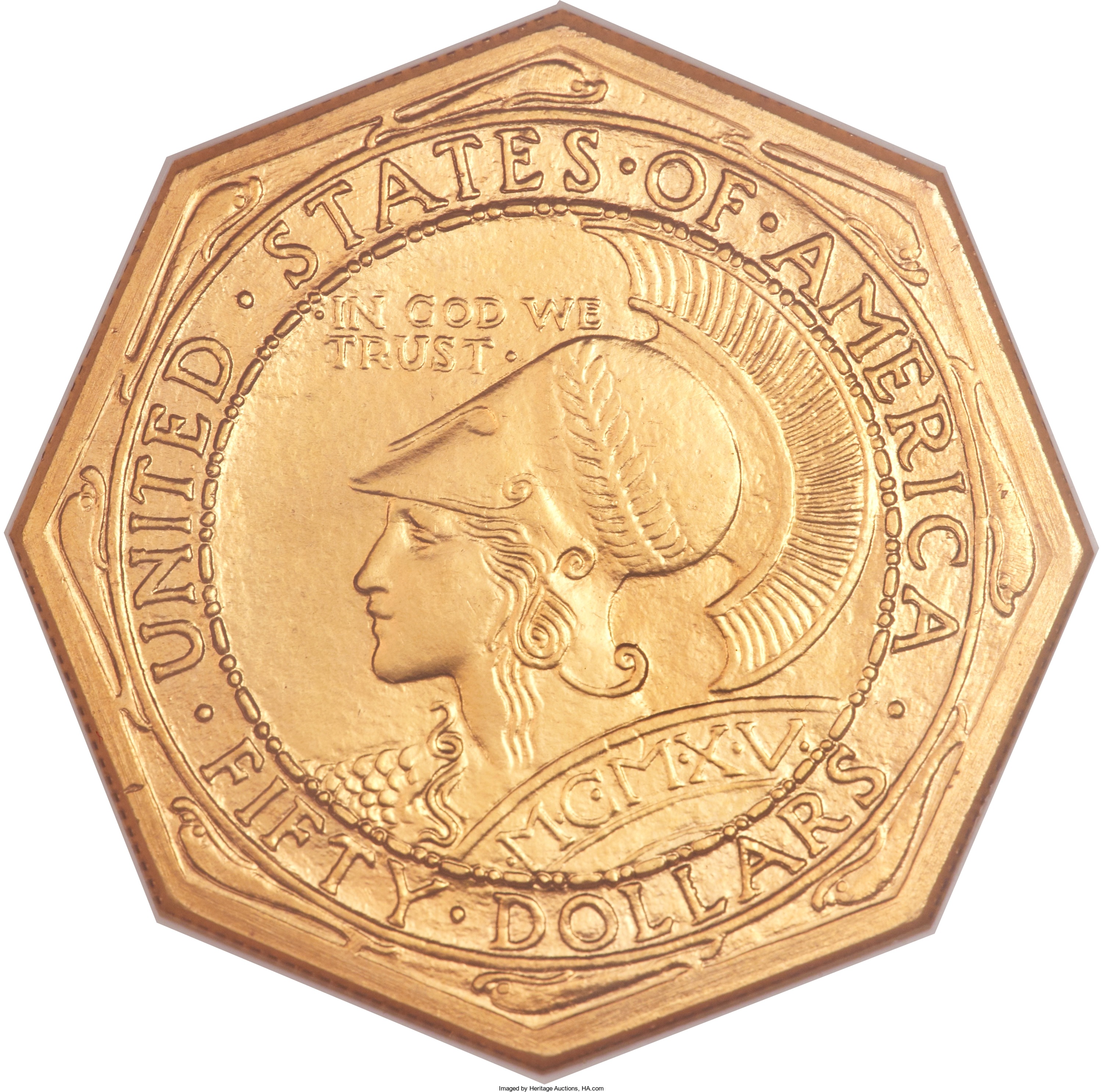
By Jim O’Neal
The ceremonial opening on Nov. 17, 1869, of the Suez Canal, linking the Mediterranean and Red seas, was an emphatic declaration of European – specifically French – technological and financial means. It was also a significant illustration of a rapidly emerging and increasingly global economy and, simultaneously, a further boost to Europe’s imperial ambitions.
The Suez Canal reduced the sailing time between London and Bombay by 41 percent and the route to Hong Kong by 26 percent. The impact on trade was obvious, as it greatly simplified the defense of India and its critical markets, Britain’s key imperial goal. Trade in the Indian Ocean was now protected by 21 Royal Naval bases, making it a virtual monopoly.
An even more challenging project was the construction, begun in 1881, of the Panama Canal linking the Atlantic and Pacific oceans. It was a French initiative, but plagued by controversy and a consistently hostile climate that cost the lives of 22,000 laborers. The United States eventually completed the project in August 1914 after the French finally conceded defeat.
It was the largest and most expensive engineering project in the world.
It, too, dramatically reduced sailing times, shortening the Liverpool to San Francisco route by 42 percent and the San Francisco to New York time by 60 percent. The project assumption by the United States marked a crucial shift in attitudes in both trading and advancing U.S. interests in foreign affairs. This started in 1898 when the United States itself became a colonial power by taking over the Philippines from Spain.
It then accelerated under President Teddy Roosevelt (1901-09), when he actively advocated American military involvement, especially in Latin America, to ensure stability as a means of advancing American interests. A major consequence was the strengthening of the U.S. Navy and its “Great White Fleet,” which completed a circumnavigation of the globe between 1907 and 1909. This was followed by President William Howard Taft’s Dollar Diplomacy, by which American commercial interests – primarily in Latin America and East Asia – were secured by the backing of the U.S. government to encourage huge investments.
A hundred years later, we are still actively pursuing a variant of this strategy by advocating two-way investment with Brazil, China and India despite being on a short hiatus until the current political season ends. This is the only rational way to create the jobs we need and keep our trading partners’ markets open.
 Intelligent Collector blogger JIM O’NEAL is an avid collector and history buff. He is President and CEO of Frito-Lay International [retired] and earlier served as Chairman and CEO of PepsiCo Restaurants International [KFC Pizza Hut and Taco Bell].
Intelligent Collector blogger JIM O’NEAL is an avid collector and history buff. He is President and CEO of Frito-Lay International [retired] and earlier served as Chairman and CEO of PepsiCo Restaurants International [KFC Pizza Hut and Taco Bell].
